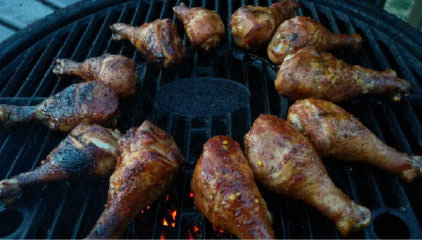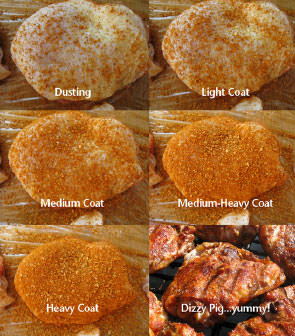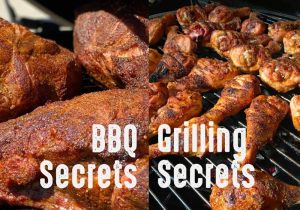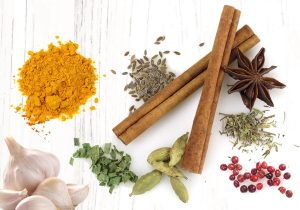Over the years cooking with Dizzy Pig, I have cooked a ton of barbecue, and have tried tons of other peoples’ barbecue.
Some patterns begin to emerge, and a lot of the same grilling mistakes are being made.

Oversmoking
 There is no better way to screw up your food than to put too much smoke on it. Smoked foods can have an amazing depth of flavor when the smoke compliments the flavor of the food. But when the smoke is too strong or too long, that flavor will totally overwhelm the flavors of everything underneath.
There is no better way to screw up your food than to put too much smoke on it. Smoked foods can have an amazing depth of flavor when the smoke compliments the flavor of the food. But when the smoke is too strong or too long, that flavor will totally overwhelm the flavors of everything underneath.
This common mistake seems to be made the most by those who are new to cooking with charcoal and wood, but oversmoking is a big problem for a lot of experienced backyard barbecuers too. Here are a few suggestions to avoid putting too much smoke on your food:

Under Cooking
For some reason, this common mistake seems to happen mostly with chicken (thighs and drumsticks) and ribs. There is nothing quite like biting into a well browned chicken drumstick and learning that the meat near the bone is not cooked. A few tips for making sure this doesn’t happen to you:

Overcooking

This mistake is commonly made with lean pork, chicken breast, lean steaks, fish and veggies. None of these foods benefit from overcooking, and it’s very possible you’ll want to chuck your overdone food into the garbage. Avoiding overcooking is not difficult if you pay attention. Here are a few tips:

Cooking Unevenly

You see this in pictures all the time. The food on one side of the grill is charred brown, and on the other side, pale. This mistake happens with multiple roasts as well, where one is done, and the other is way behind. All it really takes is paying attention. A few ideas to help you avoid this foul-up:

Not enough seasoning

As a producer of seasonings, it may seem obvious for me to tell you to use more! But seriously, this is a common mistake. You never want to overwhelm the flavor of your meat with too many spices. But what many folks don’t realize is that cooking time and browning mellow the spices significantly. How do you know how much to use?
I did a full write-up that explains getting the most out of Dizzy Pig seasonings if you are interested in reading further!
May your cooking be mistake free! Thanks for reading.
Chris
Enjoying this Dizzy Tips article?





